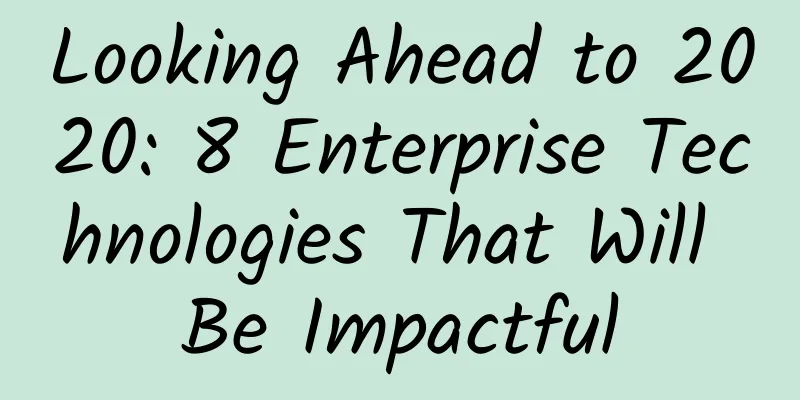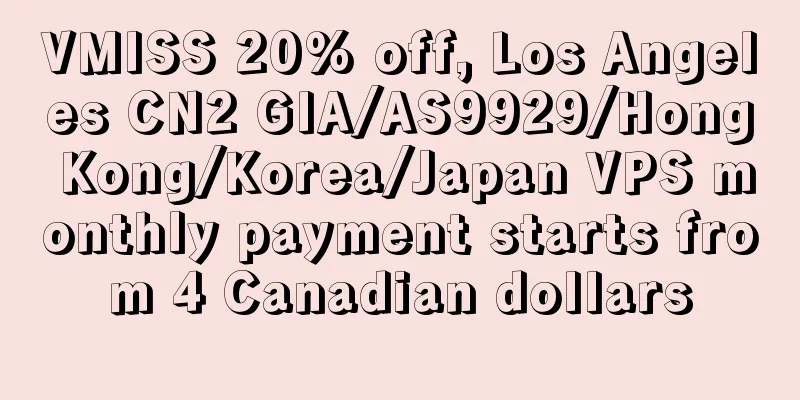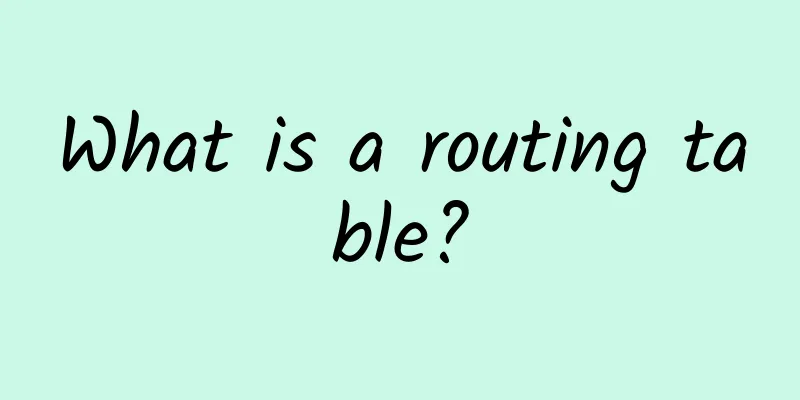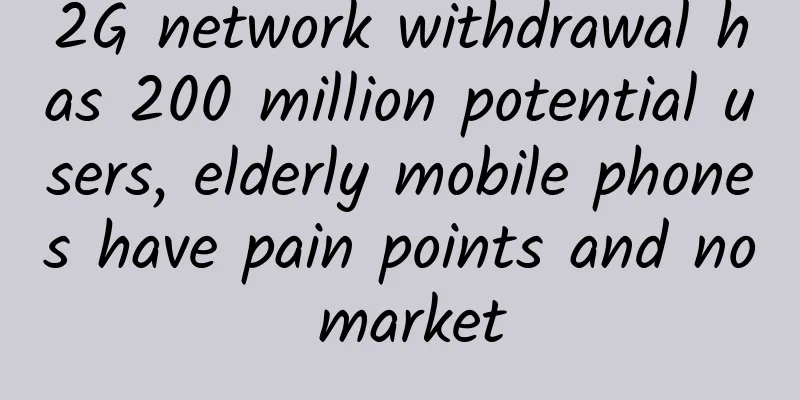A brief discussion on WebSocket interface testing
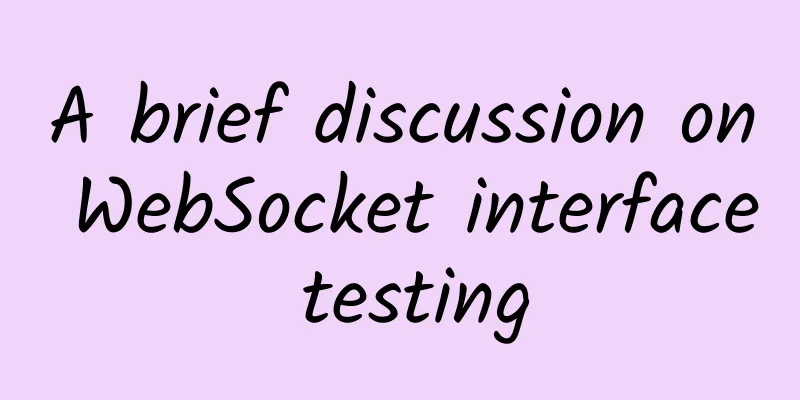
What is WebSocketWebSocket is a protocol based on full-duplex communication on a single TCP connection. It solves the shortcoming of HTTP protocol that is not suitable for real-time communication. Compared with HTTP protocol, WebSocket protocol realizes persistent network communication, can realize long connection between client and server, and can carry out two-way real-time communication. The protocol name is "ws". WebSocket makes data exchange between clients and servers much simpler, allowing the server to actively push data to the client. In the WebSocket API, the browser and the server only need to complete a handshake, and then a persistent connection can be directly established between the two, and two-way data transmission can be carried out. In the WebSocket API, the browser and the server only need to complete a handshake, and then a fast channel is formed between the browser and the server. Data can be directly transmitted between the two. HTTP vs WebSocketFeatures of WebSocket
What is a Socket?Two programs on the network exchange data through a two-way communication connection. One end of this connection is called a Socket, so at least a pair of port numbers are required to establish a network communication connection. The essence of Socket is the encapsulation of TCP/IP protocol stack. It provides an interface for TCP or UDP programming, not another protocol. Through Socket, you can use TCP/IP protocol. |
<<: State management expert: Cookies and Session
>>: From theory to practice: the wide application of MUX VLAN in the network
Recommend
7 ways to understand the 5G standards in June
MicrosoftInternetExplorer402DocumentNotSpecified7....
Six popular network topology types
No two networks are designed and built alike. One...
How the Network Supports Zero Trust
[[354213]] Building a zero-trust architecture typ...
Interviewer asked: What are the functions of the wait and notify methods in threads?
1. Introduction In the previous thread series art...
DiyVM: US CN2/Hong Kong CN2/Japan Osaka VPS monthly payment starts from 50 yuan, Hong Kong server starts from 499 yuan/month
DiyVM is a Chinese hosting company founded in 200...
Seize the critical period for large-scale application of 5G
As of the end of April, more than 1.6 million 5G ...
Discussion on the Application of SDN in Wide Area Network
Internet industry application trends and problems...
Beavers chew through fiber optic cables, leaving Canadian community without internet for a day and a half
According to foreign media reports, a few weeks a...
Seven IT salary and hiring trends for 2018
The good times for tech workers will continue int...
RAKsmart popular cloud server starts from $1.99/month, Hong Kong/Japan/Singapore/Korea/US data centers
In April, RAKsmart offers a hot sale and regular ...
Is the future of the new WIFI standard 802.11ad reliable?
Now there is a new WIFI standard that can increas...
Why don’t we have more options for in-building connectivity?
2019 was a transformational year for the telecomm...
Interpretation of China's first LTE IoT multi-mode field test: Industry chain collaboration resolves the long-tail fragmentation problem
Recently, Qualcomm has cooperated with China Mobi...
New infrastructure defines the new connotation of data center
At this year's National People's Congress...
Deepin Technology participated in the national highway video networking work research meeting
On November 28, 2019, in order to accelerate the ...

